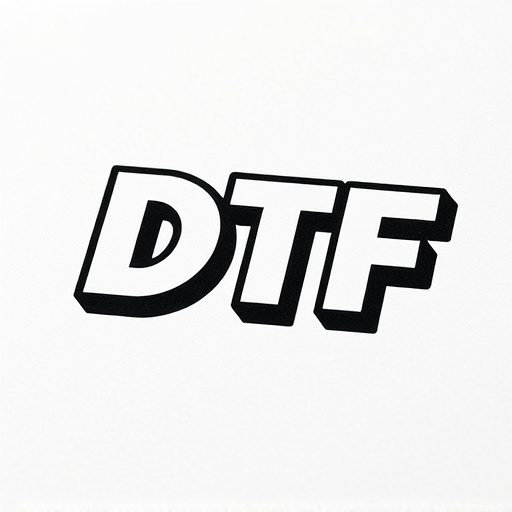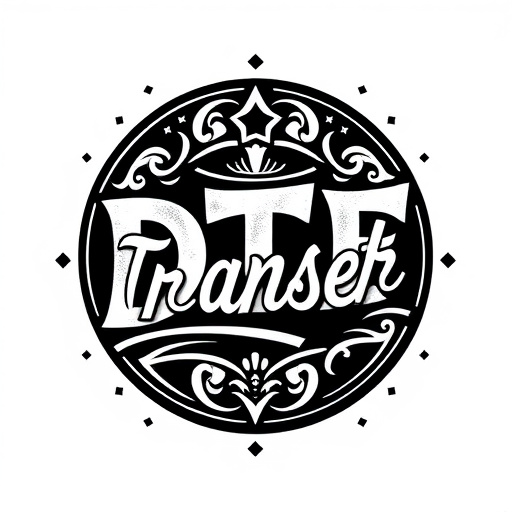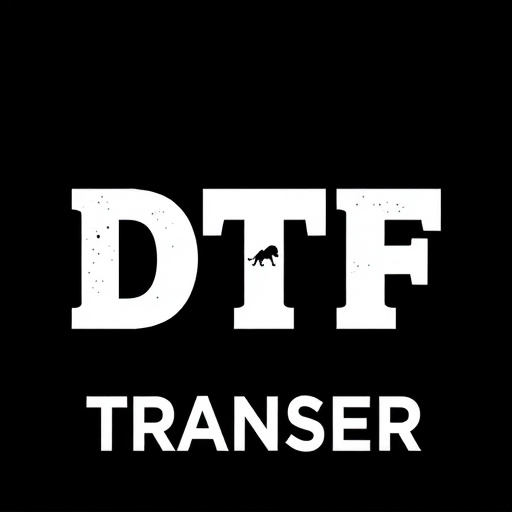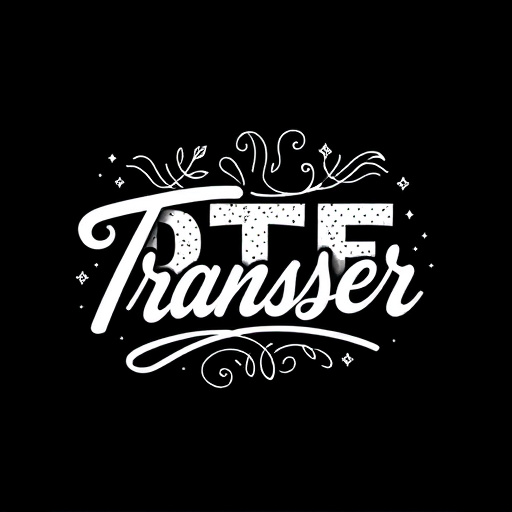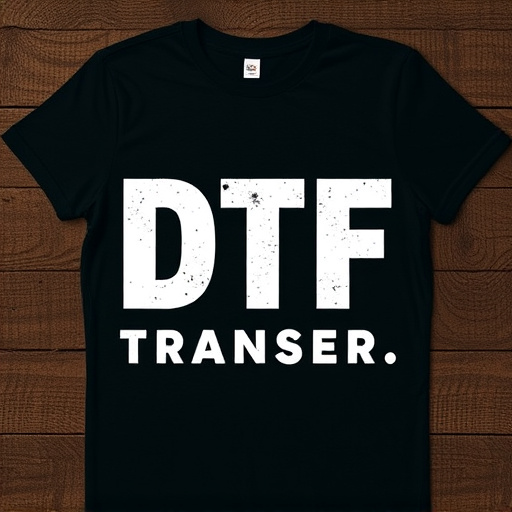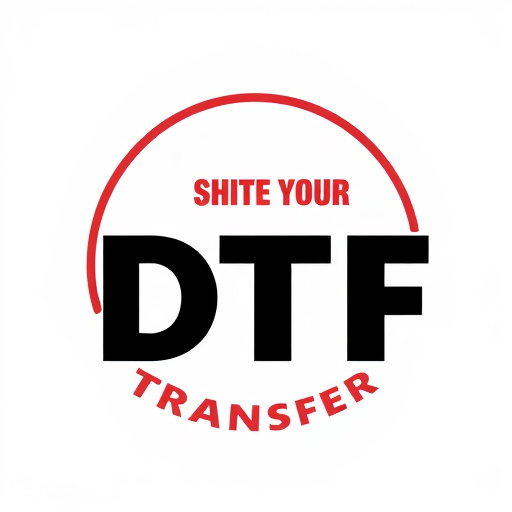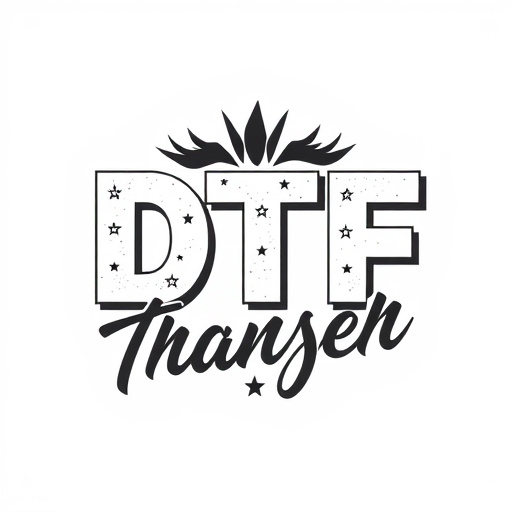Direct-to-film (DTF) printing is revolutionizing apparel design with its ability to produce high-quality, intricate prints on diverse fabrics. By eliminating traditional screening, DTF offers faster production times, cost savings, and vibrant colors, accommodating both simple and complex designs. Ideal for custom clothing, accessories, and promotional items, DTF transfers ensure crisp, precise prints on materials like cotton, linen, and synthetic blends. This versatile technique allows designers to express creative freedom, catering to modern consumers' demand for personalized, exclusive fashion pieces.
Direct-to-film (DTF) transfer printing is revolutionizing custom clothing design, offering unparalleled versatility and quality. This article delves into the world of DTF, exploring its advantages for creating unique, personalized apparel. We’ll uncover suitable clothing items for this technique, detail the entire process from design to final print, and discuss material considerations while highlighting the vast creative potential of DTF prints on various garments. Discover how DTF Transfer empowers designers and enthusiasts alike to bring their vision to life.
- Understanding Direct-to-Film (DTF) Transfer: A Brief Overview
- Advantages of DTF for Custom Clothing Design
- Suitable Clothing Items for DTF Printing Techniques
- The Process: From Design to Final Print
- Quality Assurance and Material Considerations
- Creative Possibilities with DTF Prints on Apparel
Understanding Direct-to-Film (DTF) Transfer: A Brief Overview
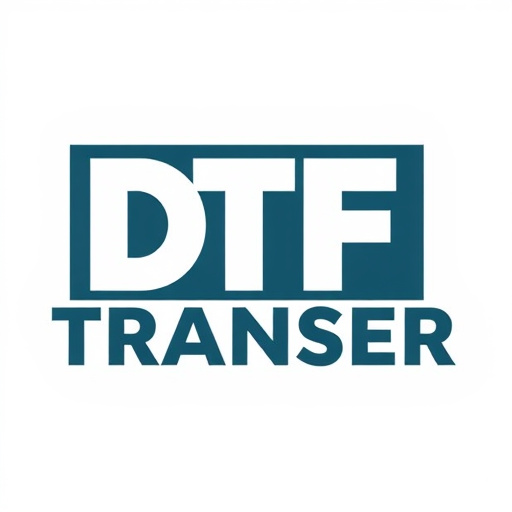
Direct-to-film (DTF) transfer is a cutting-edge printing technique revolutionizing the apparel industry. Unlike traditional methods, DTF omits the need for separate platens or screens, directly applying designs to clothing fabrics via specialized printers. This innovative process allows for intricate, high-quality prints on a variety of materials, from cotton tees to denim jackets.
DTF offers numerous advantages, including faster production times, cost-effectiveness, and exceptional color vibrancy. Its versatility accommodates both simple graphics and complex artwork, making it suitable for various clothing items. With DTF printing, brands can achieve unique, on-trend designs that resonate with modern consumers, expanding their creative possibilities in the apparel market.
Advantages of DTF for Custom Clothing Design

Direct-to-film (DTF) technology offers a plethora of advantages for custom clothing design. One of its key strengths is the ability to produce intricate and detailed prints with vibrant colors and high resolution, making it ideal for showcasing unique and personalized designs on various garments. This method eliminates the need for traditional screening or plate preparation, resulting in faster turnaround times and reduced costs, especially for smaller batches or one-off pieces.
Additionally, DTF transfers provide a versatile solution for designers as they can easily adapt and modify designs swiftly. With direct application to fabric, it ensures a crisp and precise print, eliminating the risk of smudging or bleeding that often occurs with other methods. This technology is particularly advantageous for creating custom t-shirts, hoodies, and accessories, allowing for on-demand production and catering to the growing demand for personalized fashion items.
Suitable Clothing Items for DTF Printing Techniques
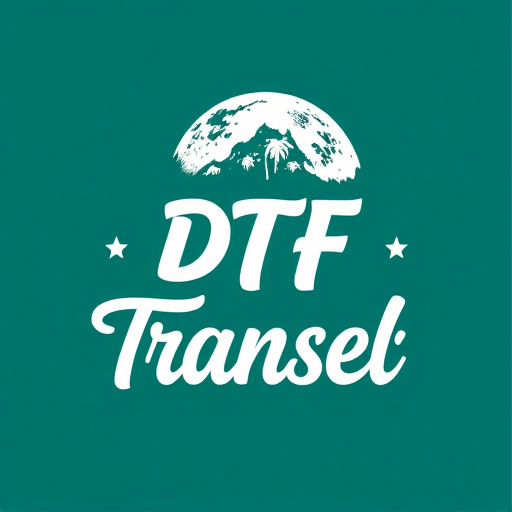
Direct-to-film (DTF) printing techniques are versatile and suitable for a wide range of clothing items. T-shirts, hoodies, and sweatshirts are among the most popular choices due to their ability to withstand the heat process required for DTF transfers. These garments offer ample space for creative designs, making them ideal for showcasing custom artwork, band logos, or catchy phrases.
Other suitable clothing items include caps, mugs, and tote bags. For instance, DTF prints on caps can create unique and personalized accessories while tote bags with DTF transfers can be excellent promotional tools or stylish everyday carriers. The versatility of DTF printing allows for endless design possibilities, catering to various tastes and purposes, from fashion statements to functional items.
The Process: From Design to Final Print
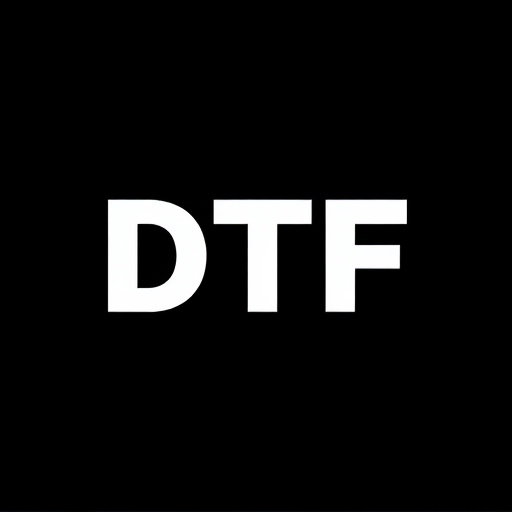
The journey from design to creating direct-to-film (DTF) transfers for clothing begins with digital artistry. Designers use specialized software to craft visuals, ensuring they meet the requirements for DTF printing. This process involves careful consideration of color palettes, image resolution, and overall composition to achieve the desired aesthetic on various garment types. Once the design is finalized, it’s converted into a format compatible with DTF printers.
The next step is printing—a meticulous process where the DTF ink is precisely deposited onto a film, layer by layer, replicating the intricate details of the digital artwork. This film acts as a temporary carrier for the print, allowing for later transfer to fabrics. After printing, the film undergoes curing to set the inks, ensuring durability. The final stage involves carefully applying heat and pressure to transfer the DTF print onto the desired clothing item, resulting in vibrant, long-lasting DTF prints.
Quality Assurance and Material Considerations
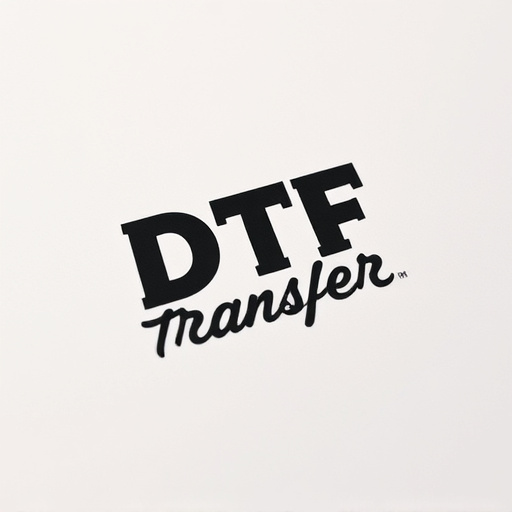
Direct-to-film (DTF) transfers and prints offer a unique and efficient approach to clothing design, allowing for intricate and vibrant visuals directly on various garments. When implementing DTF techniques, ensuring top-tier Quality Assurance (QA) is paramount. Each step of the process must meet strict standards to guarantee the final product’s durability and aesthetics. This includes meticulous inspection of film quality, ink consistency, and precise printing alignment.
Material selection plays a significant role in QA. Appropriate fabrics are crucial for successful DTF applications. Natural fibers like cotton and linen, as well as synthetic blends, provide the best adhesion for prints. The material’s weight, texture, and stretch also influence print quality. Consider testing different fabrics to find the ideal match for your designs, ensuring that the chosen material enhances the overall visual impact of the DTF prints while maintaining comfort and longevity.
Creative Possibilities with DTF Prints on Apparel
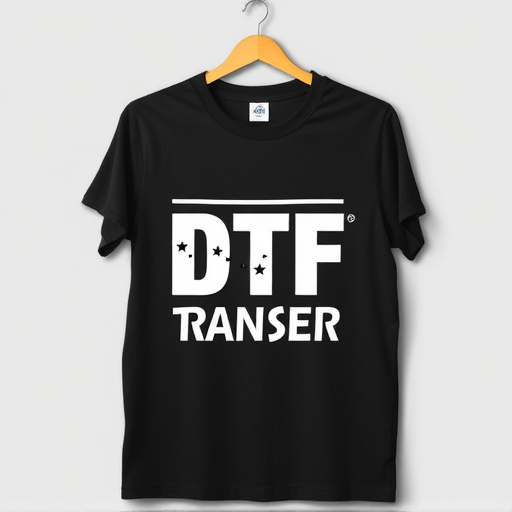
Direct-to-film (DTF) printing offers a world of creative possibilities for designing apparel, allowing artists and brands to bring their visions to life in unique and eye-catching ways. With DTF transfers, it’s now easier than ever to achieve high-quality, vibrant designs on various clothing items. This innovative technique enables the direct application of intricate patterns and graphics onto fabrics, resulting in stunning, long-lasting effects.
Whether it’s a bold graphic tee, a personalized jacket, or a limited-edition hoodie, DTF prints offer endless design potential. Artists can explore diverse styles, from minimalist line art to complex illustrations, and even incorporate elements like glow-in-the-dark ink or special finishes. The versatility of DTF transfers means that brands can create exclusive, standout pieces that capture the attention of their target audience in today’s competitive fashion market.

